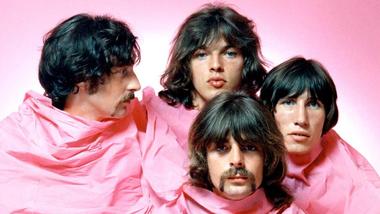
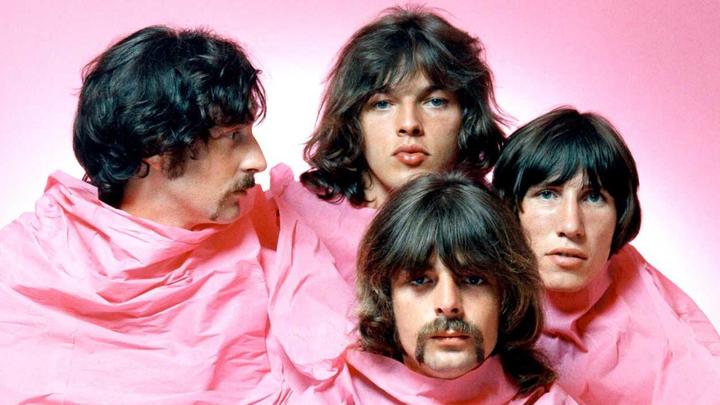
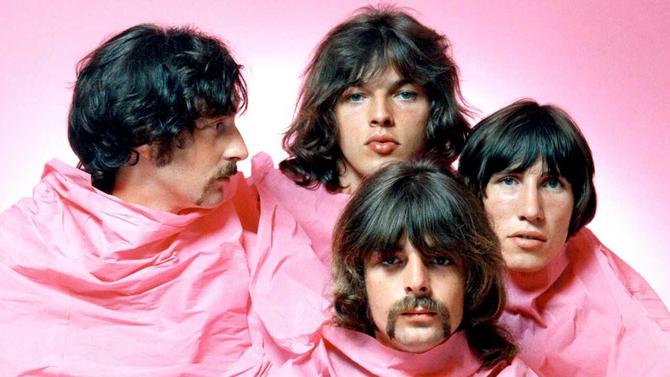
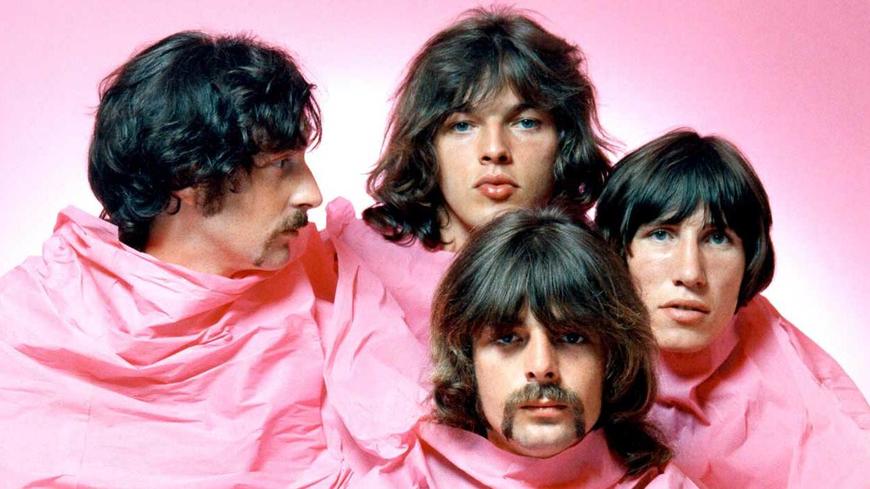
The history of music and progressive rock, in particular, is rich in the widely known and praised names. Pink Floyd is worthily considered to be one of the most prominent and significant representatives of this music genre continuing to with the hearts of generations and attracting new admirers even nowadays. The band is referred to as chronological pioneers of art rock and space rock and is known for their deep philosophical lyrics, acoustic experiments, innovative and daring album designs, and spectacular live performances.
Pink Floyd dates back to mid-’60s when it was founded by the course mates of Regent Str. Polytechnic in London. The original members included Nick Mason, Syd Barrett, Roger Waters, and Richard Wright. Syd Barrett was the leader till 1968 when he has left the band due to mental health issues. At the same time, David Gilmour joined the band a year earlier.
After 1968, Roger Waters became the one responsible for the band’s lyrics and the main music writer. In cooperation with the Richard Wright and David Gilmour, Waters wrote also music for the Wish You Were Here album and the grandiose music suite Shine On You Crazy Diamond which has its own story standing behind it and conveys the atmosphere of slight regrets and alienation.
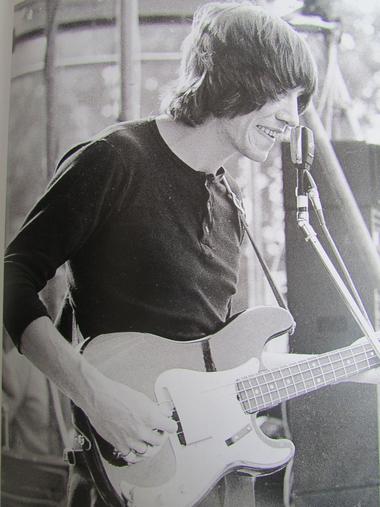
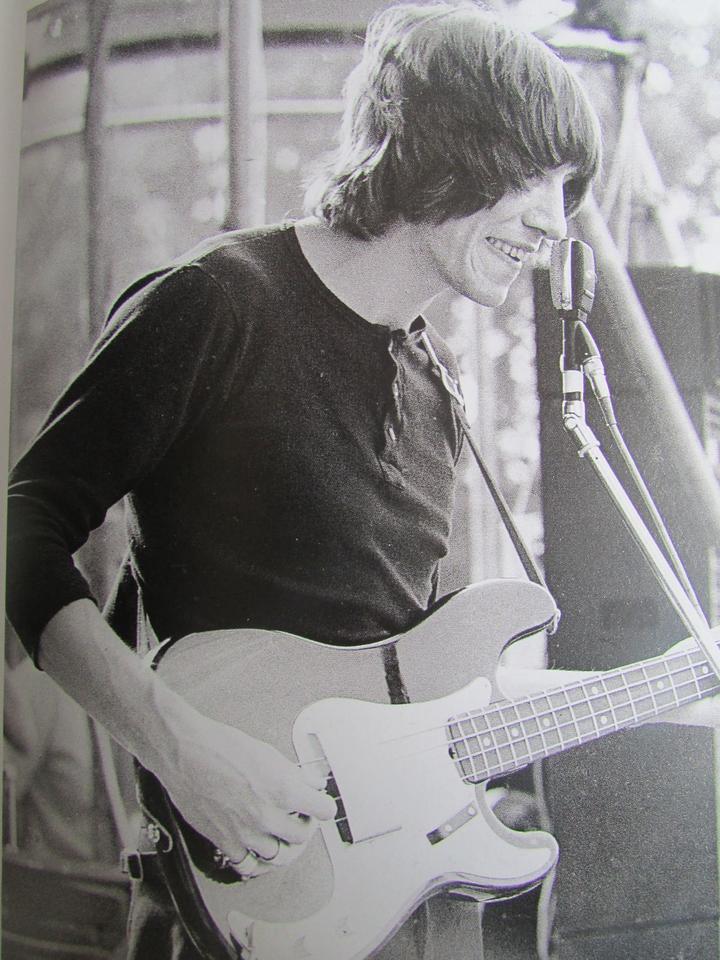
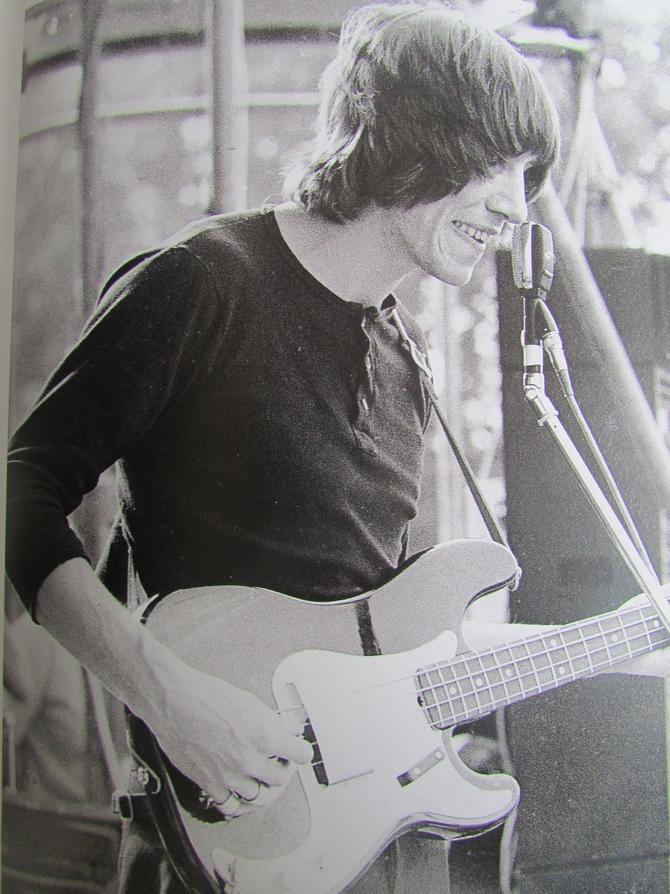
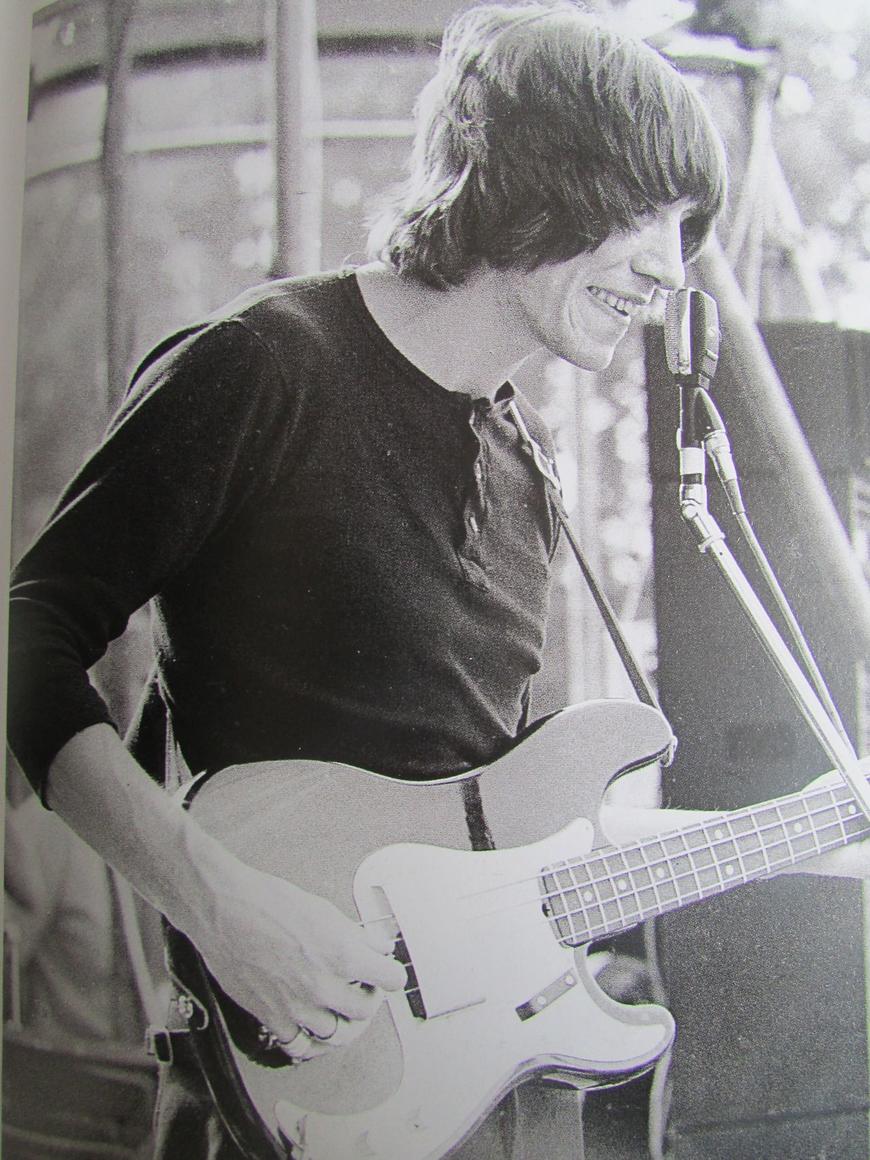
Biography
Roger Waters
George Roger Waters was born on September 6, 1943, in Surrey, England. Just at the end of World War II, his father Eric Waters was killed, and Roger happened to be brought up by his mother only. He spent his childhood on the outskirts of the university town of Cambridge with the mother and two elder brothers. As Waters was in his twenties, he gathered a band inviting his university friends – Richard Wright, Nick Mason and Clive Metcalf to participate. The band called SIGMA 6 creating impressing and interesting music experienced hardships in getting the right to perform in London clubs, even despite all the efforts of the manager Ken Chapman. As the manager ceased working with the band, the name changed from SIGMA 6 to T-SET and then to The Architectural Abdabs eventually becoming The Screaming Abdabs. Later, Waters had to postpone his musical occupation for the sake of studying.
The considerable impact on Roger’s artistic development was produced by Mike Leonard, an arts college teacher extremely fond of the youth culture and making researches of connection between music and light. Later, Bob Klose and Roger’s old mate Syd Barret came to complement the band. As two new members joined the band the roles shifted: Wright occupied keyboards, and Roger started playing guitar. As Klose tried hard to promote his initiatives, he often argued with Syd in the issues of songwriting. As a result, Klose left the band and Syd became the leader, creative and generating new ideas. He was the one who created the current name of the band combining names of two blues musicians. Having debuting under this name in the London club in 1965, the band kept on playing rhythm-n-blues covers till the second half of 1966: Richard and Syd managed to turn 5-minute tracks into 25-minute compositions presenting them in a completely new light. The band began performing in London and Cambridge rather often.
In 1966, the band decided to move forward and build up a career and went under Peter Jenner’s and Andrew King’s wing. The first record of Pink Floyd containing the song “Take Up Thy Stethoscope” written by Roger Waters was released by EMI. The novelty of the material combined with a mysterious album title attracted much attention to the publicity. As Pink Floyd was gaining greater recognition and success, the problems associated with Syd (who initially was on LSD) went unnoticed. However, after the tour of 1967, the fifth musician joined the band in order to replace Syd if he was unable to perform. In the long run, mental and drug addiction issue led Barrett to dismissal from the band and brought Roger Waters to the position of the leader and the main compositor. During 1968-1971, there was considerable progress in Pink Floyd’s development. As the band got commercially successful, the musicians could afford to spend more time in the studio and elaborate on grandiose and large-scale live shows. Having released several rather successful records, the band was about to present a new program called Eclipse. This decision of Waters who had worked on the material for 3 months was rather surprising for the band members, but Waters motivated it with the fact that the listeners bought more records when they were already familiar with their contents. Eclipse was renamed into Dark Side Of The Moon, and EMI label did its best for the record promotion. Having been released in March of 1973, the album hit the charts with its exceptional and unique sound. The next album that was no disappointment in comparison to the Dark Side Of The Moon was released two years later under the title Wish You Were Here. Meanwhile, Roger Waters gained the reputation of a brilliant poet and composer and grew more and more obsessed with creating new conceptions and material for the upcoming albums. At the same time, the band members got families and the team spirit of their mutual work weakened.
However, the next records - Animals, The Wall, The Final Cut – written almost entirely by Roger with Nick and David participating only as musicians warmed up the fans’ affection. Eventually, the demand rose so much that the live shows now had to be held on the stadiums to host all the listeners.
The Wall, the record released in 1980, had proved to be as grandiose and unique as the Dark Side Of The Moon was. It was followed by More Bricks (1982) and The Final Cut which was exceptionally personal for Roger Waters and dedicated to his father who perished in the war. It should be mentioned that Waters prepared the entire material for it by himself; that is why many people consider it to be his solo album. As the relations between the band members grew colder, Waters left Pink Floyd in 1985 explaining his decision with the fact that the band had run out of the stream. Two years earlier, Waters recorded his solo album The Pros And Cons Of Hitchhiking which didn’t gain much success among the music enthusiasts as Pink Floyd name was much more promoted than Roger Waters. Nevertheless, music lovers who failed to buy the record of Waters at that time admit their improvidence.
The story of Waters’ further relations with Pink Floyd includes solo career, a lasting trial regarding ownership rights for the band name and a short reunion for several live shows. As a result of a trial, the rights for the name Pink Floyd were given to the other group members, whereas Roger got the ownership rights for The Wall album and the famous Pink Floyd pig (related to the Animals album).
Attached file: Shine On You Crazy Diamond.docx
Click download to get access to a full version of the paper
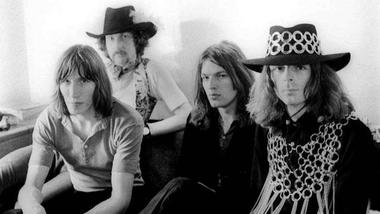
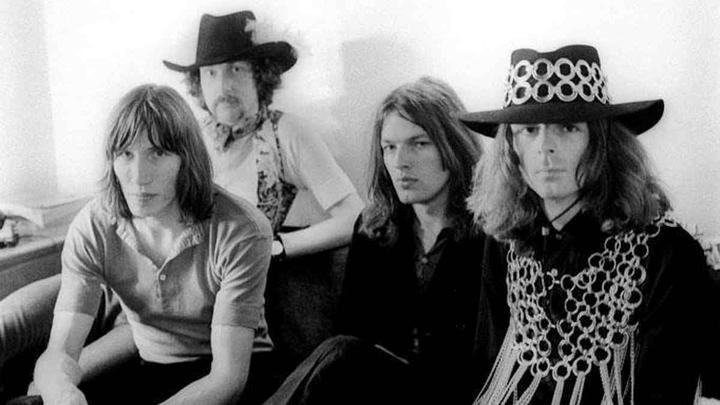
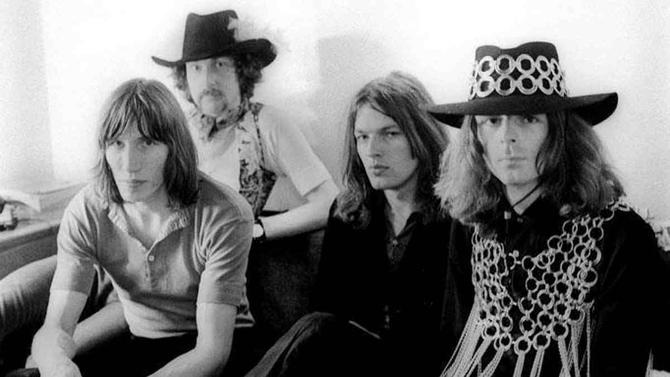
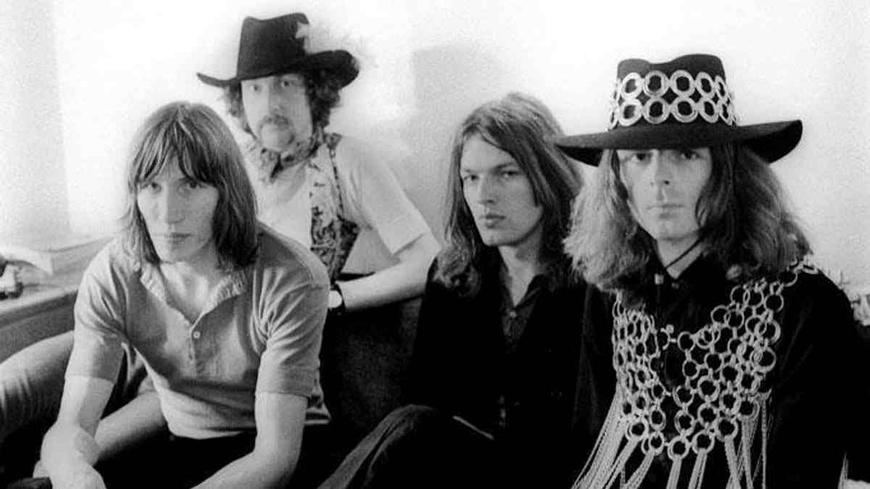
Composition History
The sad story of Syd Barrett, Pink Floyd’s former member and founder of the original cast, is well-known among the admirers of the band. Syd Barrett was the “father” of Pink Floyd and the band’s guitarist. The never-ending discussions have been held till nowadays on whether it was ethical to dismiss the person who stood at the origins of this legendary music union, even admitting the fact that his behavior was far from professional and appropriate. In the period preceding his dismissal, Syd was hardly addicted to LSD which served as a catalyst in his mental decline. However, despite his mental health problems and decline of his working performance and general behavior, he was eulogized to a kind of iconic personality in the world of music.
One day after parting with the band, Syd came over to the studio where the Wish You Were Here album was being recorded. His wretched and piteous look literally drew Roger Waters to tears. Ironically, the musicians were just in the process of recording the vocal part of the song devoted to Barrett when he popped into the studio. And this song was exactly Shine On You Crazy Diamond.
When working on the composition, Roger Waters in cooperation with David Gilmour and Richard Wright started from the first guitar bridge present in Shine On You Crazy Diamond, gradually adding new elements to it. The title phrase was made up by Gilmour and originally didn’t convey any dedication to the band’s former member. But the thought and hesitations concerning the former friend wouldn’t cease niggling at Waters. So, there is no wonder that he eventually found himself writing the lyrics dedicated to Syd Barrett trying to express his thoughts and attitude towards him. One could presume that there is an air of guilt and willing to offer excuses present in the son (it is known that Waters was the initiator of Barrett’s dismissal).
Shine On You Crazy Diamond was initially intended for the forthcoming tour across France, and there was it performed for the first time. As it perfectly matched the overall mood of the new album breathing with alienation absence motifs, the musicians decided to include the song into it. This composition widely praised and admired as one of Pink Floyd’s most vivid masterpieces was created in 1975 and was supposed to cover the whole side of their upcoming LP Wish You Were Here. However, the composition was later split into two parts that turned out to “frame” the album, the first one opening the album and the last one giving the finishing touch to it. The record which is considered to be the most creative Pink Floyd’s album was released in 1975 on the EMI and Columbia labels. It should be added that the compositors were under intense pressure while creating this record as they happened to face a daring and difficult task to come up with the record which wouldn’t disappoint the sophisticated listeners who had appreciated the previous Dark Side of the Moon release so highly.
Shine On You Crazy Diamond is a type of suite consisting of nine parts with a total length of more than 26 minutes. The first part of the composition consisting of fragments 1 to 5 opens the album, and the second one with fragments 6 to 9 serves as an outro. The idea of splitting the composition was offered by Waters and was readily accepted by the rest of Pink Floyd members except David Gilmour.
There are still controversies regarding the initial intention of the dedication to Barrett. There is an opinion that this idea was of commercial nature as Syd was a sort of an icon at that time. Other critics think the lyrics to be offensive. At the same time, the composition met much appreciation from the critics and music enthusiasts worldwide. Shine On You Crazy Diamond, to my thinking, belongs to the treasury of humanity’s music legacy. For this work, I have chosen the first part of the composition that will be discussed and described below. So, this is Pink Floyd – Shine On You Crazy Diamond (Part I).
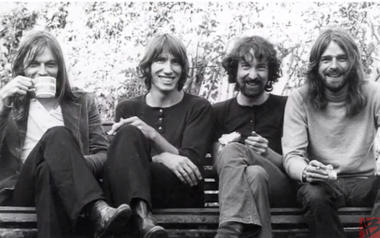

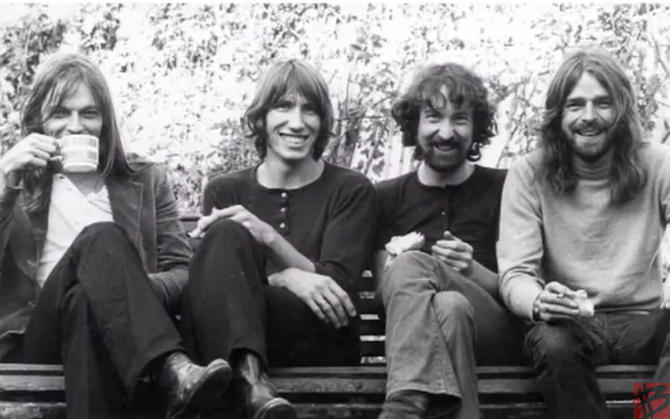
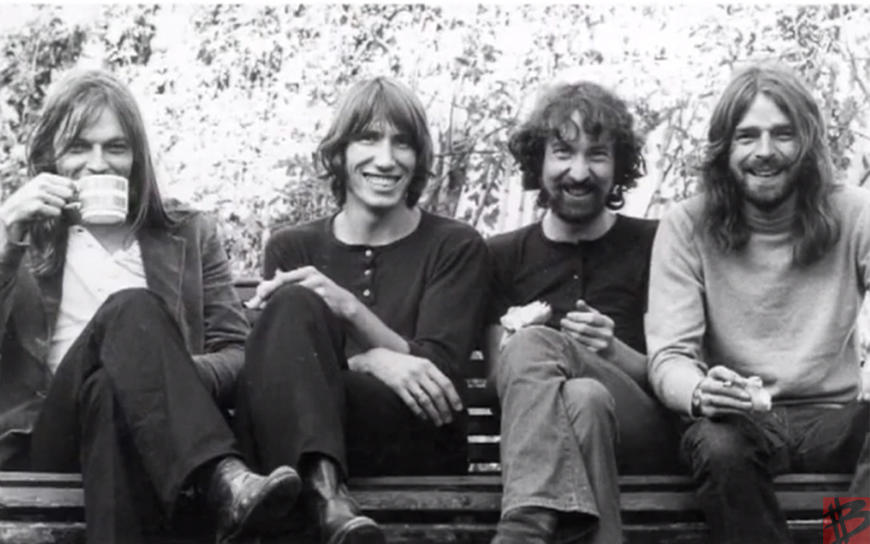
Listening Guide
As it was stated earlier, the first part of the composition is divided into 5 parts. The impression the composition produces on the listener has nothing to do with traditional happiness or sadness. To my thinking, its cosmic and somewhat ambient instrumental part with no many vocal parts and the brilliant poetical lyrics create placid atmosphere through “spiced” with notes of hesitation and alienation from time to time. Despite staying within the frames of the same general mood, the composition is rather dynamic. In should be also mentioned that Shine On You Crazy Diamond doesn’t have any settled form or pattern like most popular songs have. The 5 parts it consists of are very different: the moods are constantly changing from section to section as well as tempo and intensity do.
0:00 Introduction. Part I dominated by the keyboard and synthesizer begins. This part may be taken for a kind of an overture for the whole piece. The composition is fading in with the monotonous minor keyboard sound (a kind of crescendo). The pitch of the sound is relatively low complemented with a sort of “cosmic” infusions of the glass harp. The first seconds of the first part creat eerie ethereal atmosphere. The music texture is fairly simple (monophonic).
0:28 Part I continues. The keyboard continues producing the sound of a dull deep timbre. The texture is monophonic on this stage. Rhythm: no distinguished beats heard. Harmony: the fragment contains a chord which seems to have its logical beginning at 0:28 and ending at 0:40. The last note of the chord is gradually fading away.
0:41 Part I continues. We can distinguish the keyboard dull chords produced by Wright and a background “cosmic” ambient sound. Thus, the texture becomes more complex. The chords presented in this part contain relatively high-pitched tones on the top. The melody is consonant with the smooth-sounding combination of tones. The fragment supposes anticipation of the further development of the composition.
1:08 Part I continues. After the chords described before gradually fade away, the background monotonous keyboard sound remains with the combination with “cosmic” noises. Thus, the texture of the fragment is monophonic with the dull pleasant timbre of the keyboard. The rhythm is literally absent. Dynamics: the sound is moderately quiet and is perceived as an ambient sound.
1:15 Part I continues. The texture is enriched with the new portion of keyboard chords (this time relatively high-pitched). Here we can hear a kind of repetition of chords which creates a certain rhythm: the sounds are of a rather long duration with no distinctive beat and low tempo). The series of chords again fades away into the single background chord. Harmony: consonance and smooth sound.
1:50 Introduction. Part I finishes. The ending of the first part which is the synth solo of Wright. Again the texture monophonic texture of background monotonous synths is complemented with the finishing chords of the solo. Rhythm: no distinct rhythm section and harsh beats. Dynamics: the distinguished and moderately loud with the high-pitched notes slightly emphasized through the loudness. Melody is conjunct: smooth transitions, no exaggerated high or low pitches. The series of chords fade away again leaving the background synth layer to wait for the guitar infusion and the second part of the composition.
2:10 Part II, the beginning. This part of the composition is marked by the dominating position of the guitar. The fragment consists of two-layered texture with the beginning of the guitar solo with gentle blues chords backgrounded by slow sounds of synths. Conjunct calm melody with smooth notes is played in the minor. The tone color is bluesely. Dynamics is moderate. Tempo is slow and relaxing, the texture is becoming more complex and polyphonic with the two melodies of synths and guitar solo going hand in hand.
2:42 Part II. The continuation of guitar solo characterized by the same tempo, dynamics, and texture as in the previous fragment. The logical fragment of the solo fades away leaving the keyboard cosmic background to wait for the next fragment for a few seconds.
3:08 Part II. The continuation of the guitar solo. The rhythm is broken with almost no repetitions. This fragment is richer in the high-pitched notes, though it doesn’t break the overall calm atmosphere. Harmony is marked by consonance. Texture remains polyphonic. A bass pattern can be heard on the background created by the keyboard.
3:39 The ending of Part II. The guitar gradually fades away, so does the synth leaving the listener almost in complete silence. This leads us to the next logical part of the composition.
3:59 Part III. The beginning. The first 4 notes are played by Gilmour and will be repeated throughout the part being the main tune (also named Syd Barrett theme). The sound differs from the guitar sound presented in Part II. The tempo is slow and lax with moderate dynamics. Guitar timbre appears to be a little bit shabby. The 4 notes chord is repeated for three times with rather long intervals. Meanwhile, the background synth grows quieter. The overall atmosphere sounds like the calm before the storm and presupposes anticipation and the impending intensification of emotions.
4:30 Part III. As the 4-notes chord is repeated for the fourth time, the drums get into the game fading in with rather a fast tempo but moderate dynamics (being on the background).The texture is polyphonic with guitar rhythm sections infusing between the main tune and the drums background.
5:00 Part III. The same multi-layered texture is preserved. The whole band is in the beautiful blues melody now. The drums’ tone color and tempo are a little bit jazzy. The rhythm is calm, tempo being not fast at all. At 5:19, we hear the beginning of another guitar solo: as the guitar notes drag on, we hear the rather monotonous and ambient background of keyboards sound.
5:31 Part III. Continuation of the solo. The second solo is more conventional with distinct chords pattern. The texture is multi-layered and the tempo is slow and lax (reminding of a carefree way of life of Syd Barrett). Though the solo is abundant in high-pitched notes, they don’t sound harsh and create a consonant sounding combination. They are predominantly shorter in duration than the low-pitched notes.
6:01 Part III. The solo continues with longer high-pitched bluesly notes. The tempo grows more intense though still backgrounded by the same calm tempo of drums.
6:31 Part III. The transition between the parts III and IV. The ending of the guitar solo. When finished, the guitar solo is followed by the minor monotonous keyboards solo accompanied by a simple drum pattern and guitar rhythm section. The tempo is fairly slow, and the dynamics are moderate. This seems to be a new logical fragment of the third part serving as relaxation and calm after the emotional and a rather intense guitar solo.
7:01 Part IV. Continuation of keyboards solo. The tempo is slow, high-pitched keyboards notes being rather long in duration. The harmony is consonant and smooth. Rhythm is formed by guitar and drums accompanying the keyboards. Dynamics is soft.
7:31 Part IV. The keyboards solo gradually fades away into the new guitar solo which seems to be more emotional and intense than the previous one, with bluesly high-pitched notes and yet a kind of shabby sound. The texture is rich and polyphonic owing to the guitar, synth and drums background lying under the guitar solo on the foreground. The melody stays minor and conjunct with loose cosmic solo chords scattered throughout the fragment.
8:01 Part IV. The blues guitar solo lasts on. The texture is multilayered with bass, rhythm guitar, synth and drums creating a lavish background for the passionate psychedelic guitar solo.
8:31 Part IV. The finishing touch is given to Part IV by the guitar solo fading away into the lingering keyboards. The melody of the solo is somewhat disjunct in this part of the solo making dramatic leaps between low to high registers. Once solo is finished, a short fragment filled in with monotonous chord of the synth lets the listener have a rest before the Part V which can be divided into two sections. Part V contains vocals and the focus of the melody shifts to the vocal. At the same time, instruments frame the vocal part and create a multi-layered texture of the background. Along with the lingering keyboard chords, there are short guitar bridges between the phrases of the vocalist.
8:55 Part V. The vocal line breaks out into a kind of chorus consisting of a single phrase. The sound intensity and dynamics rise, while the tempo stays the same, slow and even a little bit lingering. At the “chorus”, sound intensity reaches its peak and then goes down again on the second sentence of the verse. Phrases fuse with the blues-like guitar patterns. Harmony seems especially consonant during the verses. Then there is an intensification of sound and emotions again (the chorus).
9:26 Part V. The vocal part. The overall rhythm of the composition speeds up a little as the vocal intensity rises. Instruments (particularly guitar) fuse with the vocal line adopting and repeating its rhythm. The Dynamics is moderate and the texture is very rich with all the band participating, leading vocals and back vocals parts.
9:50 Part V. This fragment contains a short guitar solo bridge connecting two sections of this vocal dominated part. The solo is rather smooth with no sharp high-pitched notes. The tempo is slow speeding up only a little bit from time to time. The texture remains polyphonic with synths monotonous chords and drums assistance on the background. The bridge leads to the second section of verses which repeats the scheme presented earlier.
10:20 Part V. The continuation of the vocal part (verses). The scheme and characteristics are similar to the ones described in the first section. The melody is conjunct. The instruments repeat the tune created by the vocalist.
10:52 Part V. The last fragment of the vocal part performed in the same way as the previous one.
11:12 Part V. The vocal multi-layered section flows dramatically into the last subpart of the composition which is dominated by the saxophone.
11:42 Part V. The touching sax solo is framed with other instruments, and that creates a polyphonic texture: drums playing slow-tempo pattern, pure guitar fingerpicking. Melody is rather emotional and sometimes a little bit disjunct with frayed high-pitched chords.
11:43 Part V. The sax solo continues with the guitar sound layer becoming more obvious and dynamics becoming a little bit louder. However, guitar patterns are smooth and pure (no sharp notes and dramatic leaps between registers). The sax solo is very melodic and relaxing.
12:08 Part V. The overall rhythm of the composition changes and speeds up, and the sax solo dramatically becomes more intense and rocking. Duration of the chords becomes shorter. The guitar support becomes even more obvious though leaving the foreground to the thick and melodic tone color of the sax.
12:39 Part V. The sax solo goes on. It is still rather intense and passionate until it slows down together with the other instruments. The composition texture loses the drums line, and sax plays lingering chords that differ in mood from the previous vocal part which was rather pessimistic. It seems that the sax solo embodies a kind of the ray of light in the dark and symbolizes hope.
12:40 – 13:40 Part V. The Close. Sax solo continues to fade away; it doesn’t just break living silence, but gradually dies out as well as other instruments do. The only thing that is left is the noise of the synths that serves as the smooth transition to the next song of the LP.